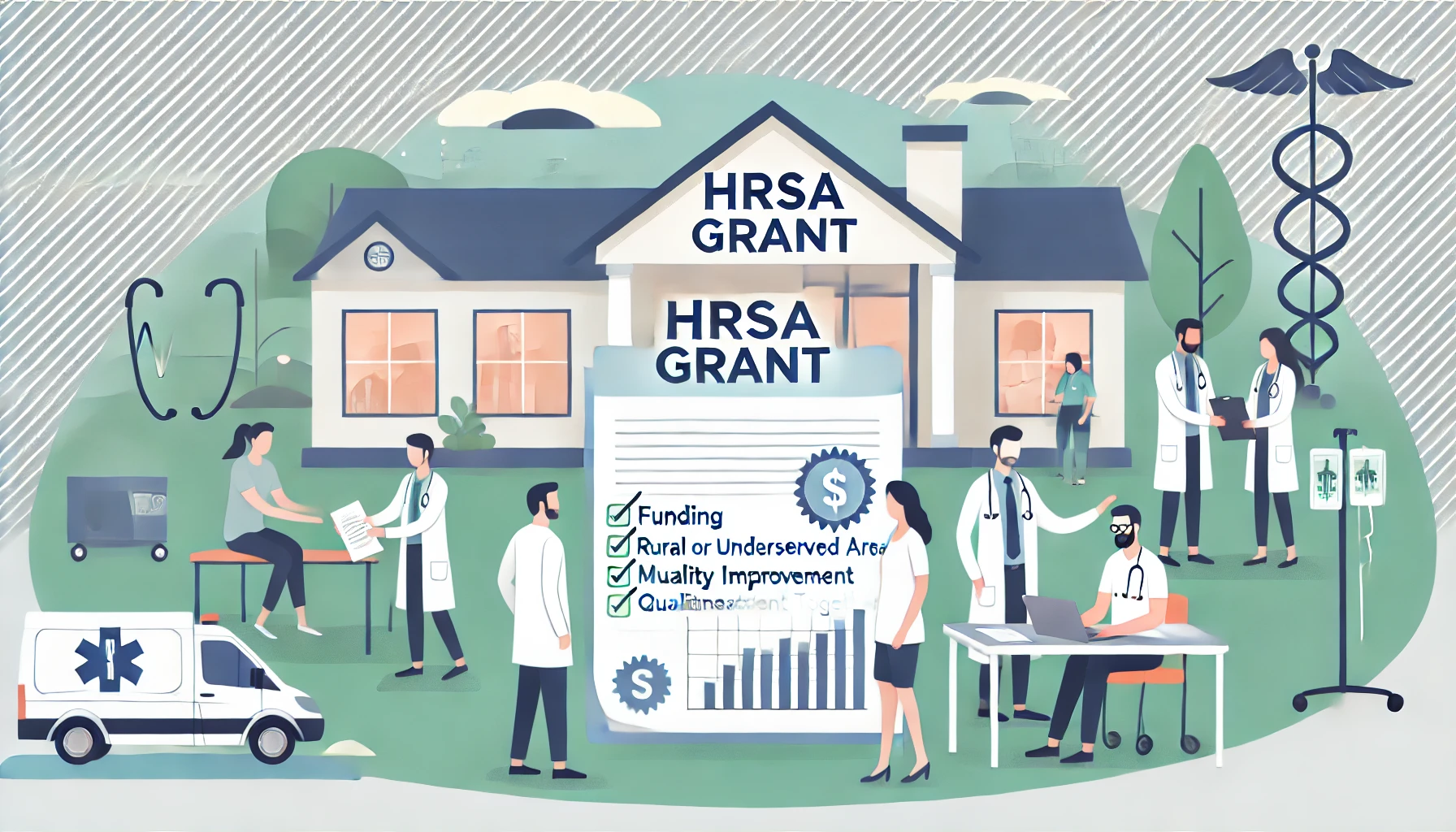
Table of Contents

GPT-4 transforms radiology with promising diagnostic accuracy, but challenges remain in clinical implementation and ethical AI integration.
GPT-4 transforms radiology with promising diagnostic accuracy, but challenges remain in clinical implementation and ethical AI integration.
GPT-4 in Radiology: Transforming Medical Diagnostics or Raising Concerns?
In the rapidly evolving landscape of medical technology, artificial intelligence is making significant inroads into diagnostic imaging. A recent article from Health Imaging explores the complex relationship between radiologists and GPT-4, revealing both exciting possibilities and potential challenges.
The Promise of AI in Medical Imaging
GPT-4 represents a quantum leap in artificial intelligence capabilities, particularly in the field of radiology. Key observations from the original article suggest that radiologists are experiencing a mix of excitement and cautious skepticism about this technological breakthrough.
Key Insights from the Research
- Diagnostic Accuracy: GPT-4 demonstrates remarkable potential in analyzing medical images with precision
- Workflow Enhancement: The AI shows promise in streamlining radiological interpretation processes
- Potential Limitations: Concerns remain about full clinical implementation and reliability
Challenges and Considerations
While the technology is groundbreaking, it's crucial to maintain a balanced perspective. Independent peer review becomes even more critical in this context, ensuring that AI-assisted diagnostics meet the highest standards of medical accuracy.
Potential Concerns
- Potential for diagnostic errors
- Lack of comprehensive contextual understanding
- Ethical considerations of AI in medical decision-making
The Role of Peer Review in AI Integration
At Medplace, we understand that peer review is more important than ever when introducing advanced technologies like GPT-4. Our platform provides a robust mechanism for healthcare providers to critically evaluate AI-generated diagnostic insights, ensuring patient safety remains the paramount concern.
Medplace's Approach to AI and Medical Diagnostics
Our network of 132 medical specialties offers a comprehensive approach to validating AI technologies. By connecting healthcare providers with independent experts, we create a multi-layered validation process that enhances diagnostic confidence.
Implications for Radiological Practice
The integration of GPT-4 into radiology is not about replacing radiologists, but augmenting their capabilities. As the original Health Imaging article suggests, AI serves as a powerful tool that can:
- Reduce diagnostic time
- Provide additional diagnostic insights
- Support complex medical decision-making
Looking Forward
The future of radiology lies in collaborative intelligence—where human expertise and artificial intelligence work in tandem. While GPT-4 offers remarkable capabilities, it cannot replace the nuanced understanding and clinical judgment of experienced medical professionals.
Conclusion
As we stand at the intersection of technological innovation and medical practice, the introduction of GPT-4 in radiology represents both an exciting opportunity and a challenge. Continuous evaluation, rigorous peer review, and a commitment to patient safety will be key to successfully integrating this technology.
Original Article Reference: Health Imaging - Radiologists and GPT-4

Unlocking Funding: A Guide to Health Resources and Services Administration (HRSA) Grants
Use HRSA grants to fund external peer review programs that enhance care quality, reduce bias, and support compliance in health centers.
.png)
.png)

Understanding Critical Access Hospitals: Definition, Criteria, Requirements, and Medicare Designation
A brief summary of CAH requirements and Medicare Designation.
.png)
.png)

Strategies to Improve the Quality of Care and Patient Safety
Healthcare orgs improve care quality through structured programs, with external peer review adding objectivity, expertise, and efficiency to the quality ecosystem.
.png)
.png)



.png)
.png)
.png)






.png)